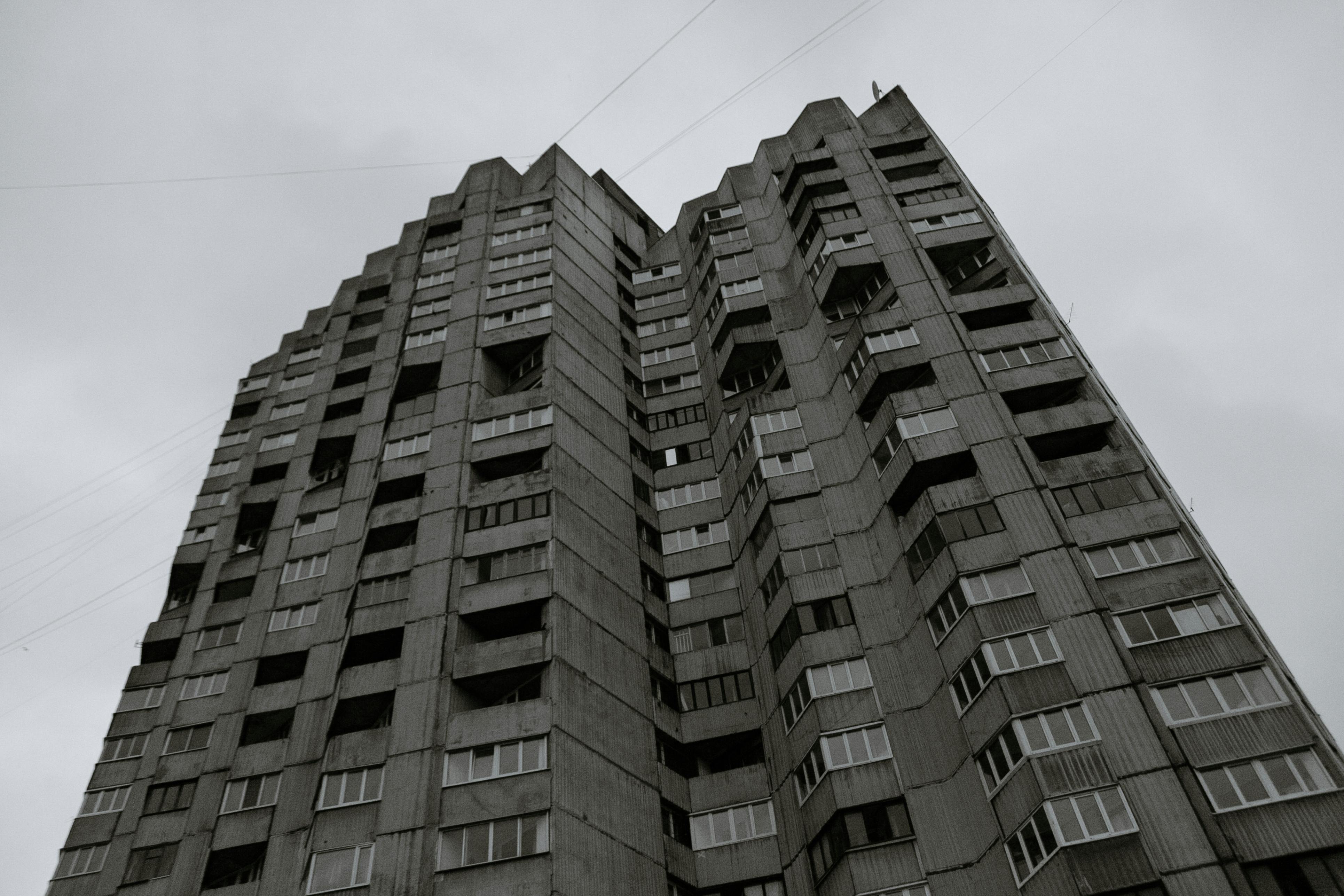Moisture problems and methods to solve them
Dampness is caused by many factors and surveyors are often cited as misdiagnosing the causes of dampness. Personally, I don’t think so, but I’m convinced it’s true that homeowners tend to either ignore dampness and mold, a strange and counterproductive stance, or get paranoid and seek to completely eliminate all traces of dampness (which isn’t is always a wise thing to do).
Nothing could be worse than ignoring problems because they usually get worse. Our second reaction is usually to hire a specialist moisture testing contractor. While this may be correct and appropriate, in my experience these vendors often sell a solution that is not needed and costs you a small fortune. That solution usually means that chemicals will be injected into the walls of the house and in this green world this may not always be correct.
It’s all subject to scale and grade, but the smartest course of action is usually to have your local Chartered Surveyor inspect and advise you. I may be accused of speculating here, but I deny that I am biased. Moisture can be caused by so many different factors that a true analysis is absolutely essential to ensure the solution is sustainable. Where does the moisture occur, why and is it necessary to complete a repair?
The best way to prevent moisture is to design a proper barrier and install it effectively during building construction. If not, an upgraded system should be considered and such systems are often disruptive and expensive.
Another serious problem in the moisture diagnostic industry must also be considered: often the cause of the moisture problem is misdiagnosed and this can lead to a lot of unnecessary expense or worse, duplicate costs over a period of years like a second solution. then it is tested.
Condensation is often the real problem and this may be associated with a lifestyle issue rather than a construction defect: in fact, in my experience, the vast majority of moisture that has been rectified by injection systems of chemicals (see below) are, in fact, a combination of inadequate insulation and a lifestyle issue that revolves around your own actions and methods of living in that particular building.
In addition to these problems, there is the danger that historically observed moisture may have brought minerals from the soil with it. These can migrate up and into the base wall plaster in lower rooms. This contaminated plaster usually needs to be removed (but not always) and the affected rooms are then re-plastered at great cost and disturbance. Moisture may also have started the process of carpentry or floor deterioration which may not show up for many months, so it’s usually worth exposing and lifting the floor boards before any work is specified; hence my statement that it is usually worth hiring an experienced surveyor. to see the house before the works begin.
The moisture diagnostic industry is fueled by free surveys conducted by the company that competes for the reconditioning repair job. Conflicts of interest often result in misdiagnosis and it’s all for the good of homebuyers or homeowners who save a few pounds by not soliciting the paid opinion of a local, independent Chartered Surveyor.
So what are the main types of repair systems if a real rising damp problem has been correctly diagnosed? Here is a basic list —
chemicall Modernized Injection Systems – These place chemicals inside a wall in such a way that the microporous structure of the masonry cannot absorb moisture and this strength prevents capillary attraction and therefore moisture cannot enter your home. Small holes are drilled into the foundations of the walls (usually on the outside, but in some cases an interior system can be designed) and then a chemical solution is systematically injected into the masonry until saturation point is reached.
Electro-osmosis: If a small electrical current (equivalent to that used by a doorbell) passes through a wall, it affects the rate of potential capillary attraction that causes water to rise up a wall (like a tree sucking water up from the ground). This system usually has a control unit (an adaptable power source), anodes drilled and placed in the foundations of the exterior walls, and finally a ground rod. These are provided externally and are effective if the circuits are not broken or the power supply interrupted.
Physical = the introduction of a new barrier, such as bituminous felt, plastic (polypropylene, EPDM or recycled), dense brick layer (engineering grade) and mortar, lead or natural slate. Any physical barrier must be attached to any soil membrane and be at least 150mm above exterior ground levels. The precise position of the barrier must also ensure that the ends of the suspended and embedded floor joists are protected from moisture and resulting deterioration.
Schrijver system: (a proprietary branded product used as an example to identify any such system, a specialized physical system) = is based on special embedded devices placed inside a wall (inserted from the outside using a drilling process) that create cold spots to which the water is directed. drawn. That moisture is then collected and safely drained away.
palliative measures – in essence these work on the principle that humidity is not the problem; instead addresses and neutralizes the effects of moisture rather than preventing the source(s) of moisture (as long as no serious consequences arise from such proposals) — 1. Create a new inner skin with membrane against damp and insulating but with a ventilated space between old damp and new interior walls. Possibly complete this work in conjunction with exterior land drainage works. 2. Changes in the lifestyle patterns of the occupants. 3. Provide better insulation and/or improve heating and ventilation of the building environment (or simply better control these factors).
There are arguments for each type of repair theory, or action to combat moisture and its effects (mold, deterioration, health problems…). Factors in deciding the best solution for you may include:—
• The robustness of the correct diagnosis of humidity. The importance of this factor cannot be overstated, as surveyors initially misdiagnose the vast majority of damp cases.
• If the degree of humidity justifies some action.
• How green you need your repair solution to be.
• The effectiveness and longevity of the different types of solution.
• The costs, direct and indirect, of your preferred repair solution.
• Whether guarantees are issued and under what conditions (eg backed by insurance?).
• Whether it is advisable to repair moisture at all, for example: adobe-walled buildings must be damp to remain structurally sound: for example, flint walls cannot be grouted: for example, thin-walled forms of period buildings need to breathe and this precludes most repair work methods.
• Peripherals, such as the degree of expertise required by the repair company, whether Building Control Approval is needed, the time needed to complete repairs, what conditions are placed on each repair method, any adverse effects on the ability to of sale or mortgage of each type of repair. systems, etc…
• Sometimes repair work may affect an adjoining structure and therefore the cooperation (sometimes required under the Party Wall Law) of the owner of the adjoining property is needed before anything can be done.
It seems that the Industry has fallen into saying the solution is a chemical injection repair treatment, now what is the problem? Until we can get a little more sophisticated, we will continue to complete unnecessary work and/or use chemicals when we often shouldn’t.
The crux of the matter often revolves around two factors (1) whether it is necessary to remove and replace the plaster on the wall, as this greatly increases the costs and length of the contract, plus (2) are you prepared to accept that the way you live inside the house has changed? caused the damp and mold and you may need to make lifestyle changes: (This last scenario is real, and in my experience, occupants often won’t believe the problem is self-inflicted. This works in favor of rogue moisture specialist companies).
It really is quite simple: as each home and the method of occupancy are so variable, there is no one size fits all solution and therefore you need good quality advice. So, will you take the advice of an unbiased certified surveyor or will you trust Bob the Builder or a salesperson from a moisture contractor’s company? The choice is yours.



